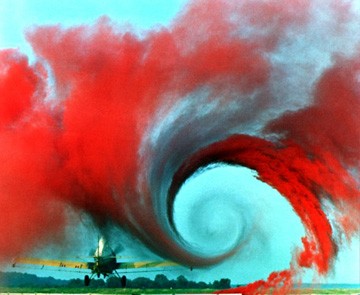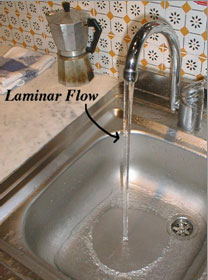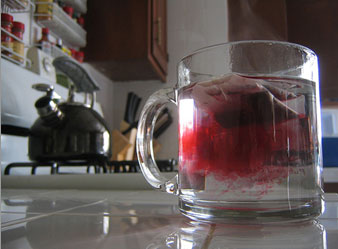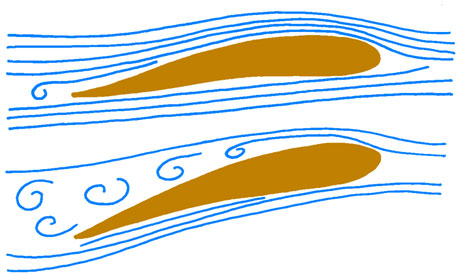Session 1: Illustrate laminar and turbulent flow in a very simple way
Objective 1: understand what flow is
Objective 2: how many types of flow exist and what is the difference between them
Explanation:
A flow is the continuous movement of a fluid, either a liquid or a gas, from one place to another. The flow can be simple and it is called laminar, and can be complicated and it is called turbulent. We will illustrate what one and another means.
Material:
- a faucet (if you have in the class room)
- a cup
- few incandescent sticks
- a pencil
- a cub
Maximum duration:
10 minutes
Main questions to be asked:
- What is flow?
- How many types of flow exist?
- Can you describe them?
- Can you give examples?
Introduction/Starters
Ask them what they think flow means? Show them the following pictures and ask them if they think it is a flow.





Main activities
 First of all, if you have a sink in your class room, ask the students to open the faucet. At the beginning open the faucet not too much. Ask them what they observe; haw is the flow?
First of all, if you have a sink in your class room, ask the students to open the faucet. At the beginning open the faucet not too much. Ask them what they observe; haw is the flow?
Then ask them to put a cup under the flow of water. What they observe now?
How is the flow after it hits the cup?
After this simple demonstration of flow, ask the students to try a very simple experiment to visualize the turbulent flow of the smoke generated by a perfumed stick.
Using a lighter fire the stick, and observe what is happening. Ask them how the flow is. For the first few centimeters, the flow remains laminar, and then becomes unstable and turbulent as the rising hot air accelerates upwards.
After that ask them to place a pen or an eraser in the smoke (in the first few centimeters when the flow is still laminar) and observe what is happening. The smoke will avoid the obstacle and will start to flow in very different directions and different speeds; it will be very unstable and turbulent.
Conclusion / Plenary
The flow is the continuous movement of a fluid, either a liquid or a gas, from one place to another.
Basically there exist two types of flows, namely laminar flows and turbulent flows. Roughly speaking we can say that a laminar flow is a 'simple' flow while a turbulent flow is a 'complicated' flow.
In a laminar flow all the molecules in the fluid move more or less smoothly in the same direction and at the same speed.
In a turbulent flow, the molecules in a fluid move in many different directions and at many different speeds.
Turbulence is that state of fluid motion which is characterized by apparently random and chaotic three-dimensional velocity. When turbulence is present, it usually dominates all other flow phenomena and results in increased energy dissipation, mixing, heat transfer, and drag. If there is no three-dimensional velocity, there is no real turbulence. The reasons for this will become clear later; but briefly, it is ability to generate new velocity from old velocity that is essential to turbulence.










